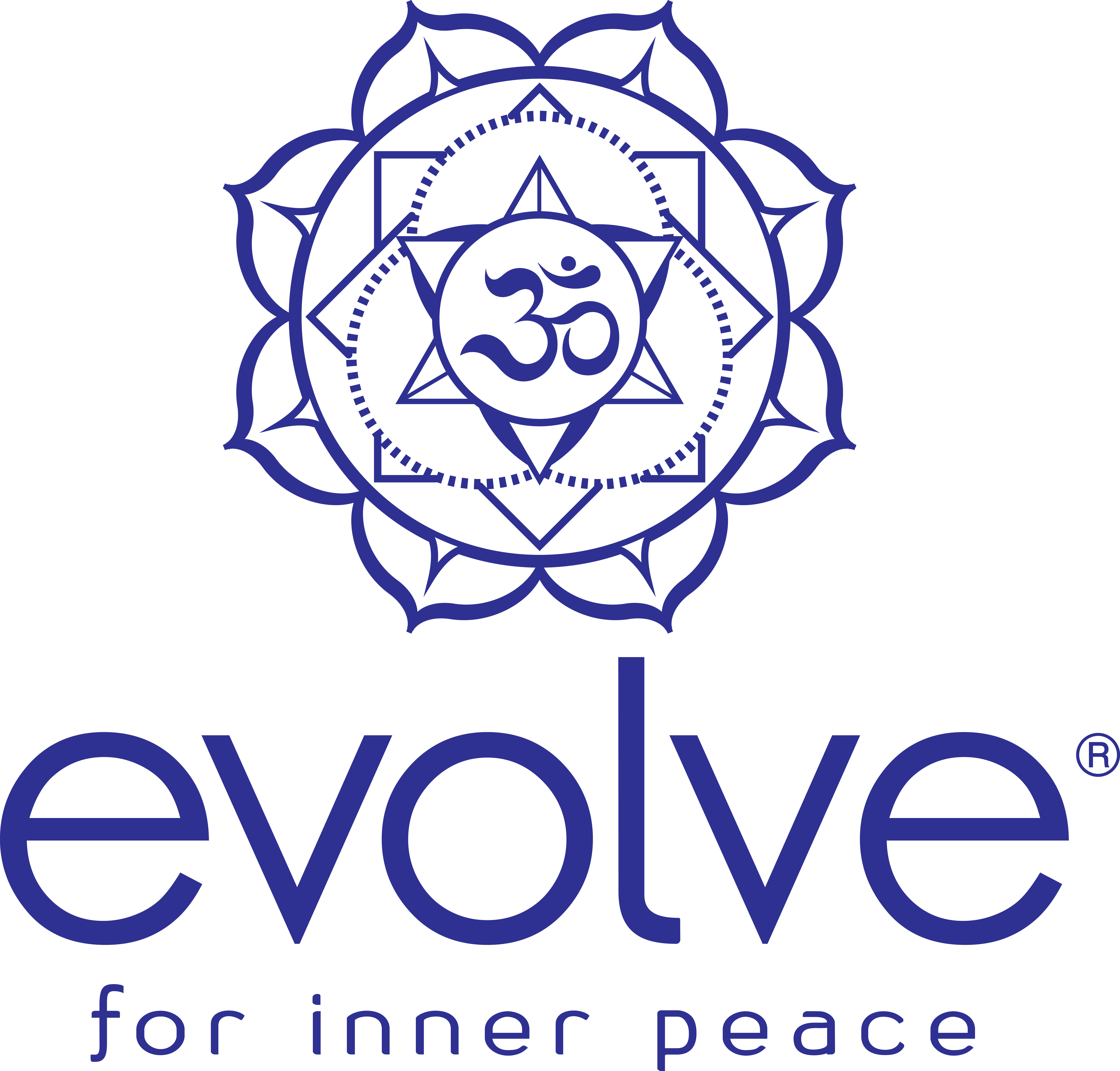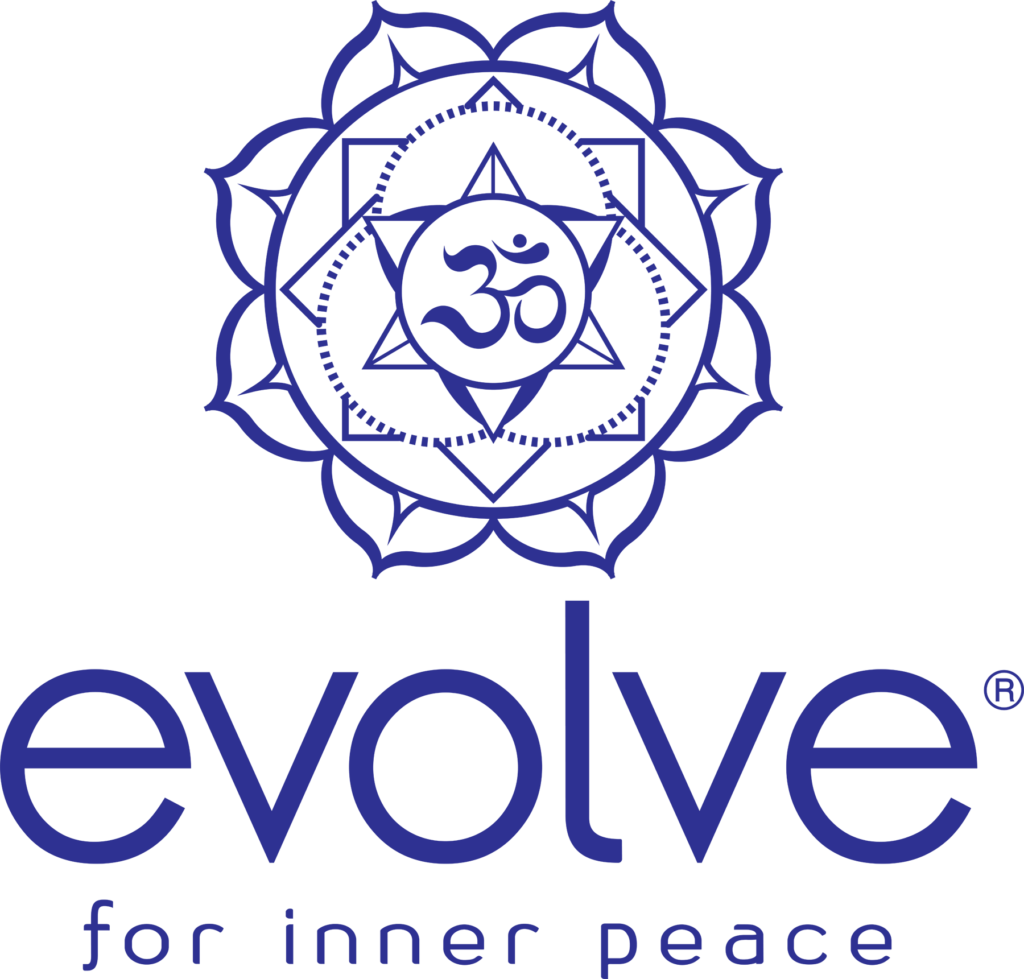Integral Theory is shaping the future of politics, medicine, law, psychology, ecology, and an incredible number of other disciplines and areas of study. It is a framework that incorporates the best of all studies and truths, from empirical sciences to mystical wisdom traditions to political studies and social systems.
Learning Integral Theory is kind of like learning to drive. All the different components and gauges seem daunting and difficult to grasp at first, but once you are comfortable with them, it changes your whole life. Last week we talked about Holons and Quadrants as two of the fundamental aspects of an integral lens (For a quick overview you can check out the video below). This week we move on to Lines and Levels.
Lines
Lines of development is a simple enough topic to understand, but it’s implications are wonderfully promising. We are all aware of some things that we just don’t do very well, and other things that we excel at. One person may be very intelligent with respect to math and science, while another is particularly adept at dealing with emotional trauma and relationships, at the same time, both of them are hopeless when it comes to Art and Ascetics.
These familiar aptitudes and “short-comings” are lines of development, originally referred to as Multiple Intelligences. When Howard Gardner originally came forth with the theory of Multiple Intelligences, he identified seven different Intelligences contained within each individual, these seven intelligences were: Spatial, Linguistic, Logical-mathematical, Kinaesthetic, Musical, Interpersonal and Intrapersonal, later on he added in an eighth intelligence; Naturalist.
Since then, there have been many other researchers such as Abraham Maslow, Clare Graves, Jean Piaget, Lawrence Kohlberg, Sri Aurobindo, Jane Lovinger, Ken Wilber, Carol Gilligan, Jean Gebser, Erik Erikson, Robert Kegan and James Fowler to mention just a few, all of whom have discovered and fully researched other areas of development, growth and intelligences. All of these are developmental Hierarchies or “Holarchies” wherein each stage of development is made up of the elements of the previous stage, but brings something completely new.
It may sound obvious that you can develop your ability in Mathematics or become a better writer or public speaker, but what about moral , interpersonal or spiritual development? Integral Theory explains that developmental hierarchies, including moral development and the like, are built on a process of transcending and including the previous levels. In Math you have to understand addition and subtraction before you can handle multiplication and division. The important thing to remember when dealing with developmental hierarchies is that Multiplication doesn’t make addition invalid, or repress it, or dominate it, but it is a higher level of mathematical understanding that goes beyond addition even though addition is a pre-requisite.
It is great news that we can work to improve our moral development; we can become better at cultivating good relationships. Just as we can take a math class to increase our math skills, we can engage in practices to help us develop interpersonal skills or morals or develop spiritually. The good news is that we can grow in whatever line we find we are lacking, the bad news is, the majority of us can’t continue to blame our inabilities on luck or genetics. We are called to take responsibility for our own development along multiple lines!
Levels
Now, when you take the average of these lines of development, you get a kind of center of gravity for the overall development of the self system. This center of gravity passes through distinct levels of world view development that start at egocentric and move through sociocentric, ethnocentric, worldcentric and kosmocentric. Basically this development is a move away from limited self identity and self consideration to include others in the family, tribe or social circle, sub-culture, nation, world and eventually all beings everywhere.
The concept of levels can be quite controversial, especially in new age circles and liberal politics, because those worldviews thrive on the idea of equality. In these circles the mere mention of levels tends to bring to mind ridged caste systems, feudal monarchies, and oppressive hierarchies of all kinds, but in a holarchy these levels are not oppressive, but developmental. In integral Theory, the concept of Levels is influenced largely by “Spiral Dynamics”, the inspired work of Clare Graves which was used to help end apartheid in South Africa, by taking the focus off of skin color and placing it on the developmental levels of cultural worldviews.
Spiral Dynamics is a sophisticated model of cultural worldview development. It has shown rather convincingly that cultures move through stages of development that very much mirror the development of individuals, but happens over much longer periods of time. Just as an individual has a center of gravity comprised of their lines of development, a culture (or subculture) has a center of gravity based on the average center of gravity of it’s members.
In Spiral Dynamics these levels are color coded and progress as follows: Beige – Purple – Red – Blue – Orange – Green – Yellow – Turquoise and then Coral with the possibility of further levels as yet unknown. See the chart for a brief overview of all levels as I will only go into a few commonly recognized levels here.
Red is characterized by the organizing force of Power and the worship of “Power Gods” like Thor, who can be called on to destroy one’s enemies. Many tribes might be gathered into a state or district under one ruler who commands enough power. This includes survival and tribal lineage, but goes further to recognize other tribes as “similar enough” to include in the group. This is feudal Europe during the dark ages.
Blue transcends Red and accepts even more people into the culture. Blue is Characterized by Mythic Level Monotheistic Membership. This worldview uses as a yardstick for membership, the strict adherence to some mythic ideal. This ideal is usually personified as god, but could also be a state sponsored vision of the future as was the case in the Roman Empire or Maoist China. Blue can include different fiefdoms, and different ethnicities with varying degrees of success because the acceptance of the mythic ideal is really the basis for inclusion. These cultures generally function socially as dictatorships, monarchies, or empires because the prerequisite conformity and the idea of “One True Way” lends itself easily to the concept of one, all powerful leader.
Orange is the first post conventional worldview and it is characterized by scientific materialism and logical analysis and a utilitarian view of nature. Orange cultures begin to recognize human rights and extend membership to all people in society. This worldview can begin to incorporate different religious views based on the fact that human beings hold them and humanity is the root cause for inclusion in the culture. The U.S. Constitution is an Orange Document written by people at the leading edge of a mostly blue culture that carried that culture forward into women’s rights and abolishing slavery which are Orange ideals.
Green goes beyond Orange by Extending basic human rights to people in other nations around the world. Green is multi-cultural and culturally sensitive, recognizing the possible validity of all religions and the intrinsic value in all cultures. Green Cultures tend to see problems in terms of victims and victimizers, and they tend to see solutions in terms of systems like government agencies. Green is extremely sensitive and will often seek consensus when looking for solutions, rather than a democratic Orange majority, because they want to ensure all perspectives are taken into consideration. Amsterdam and the Occupy movement are examples of Green Cultures.
Beyond Green is an integral worldview color coded Yellow which is hopefully where we are all headed. Yellow is the first worldview that recognizes the importance and foundational nature of the others. In a way it is the first self reflective worldview that is capable of recognizing it’s own developmental journey and seeks to integrate healthy versions of previously held world views to create a more holistic and healthy culture at large. Yellow can see the importance of Red’s brute force, the social conformity of Blue, the individual rights of orange, and the multiculturalism of green, and it begins to hold all of them in proper perspective as necessary for the development of the whole.
That’s all for lines and levels today, these are huge topics and if you have any questions I will try to answer them for you via [email protected]. Better yet, swing by the store and ask Roselia about the upcoming Integral Book Club and get ready for a community discussion that will blow you away!
Love and Gratitude!
Michael SunSpirit


